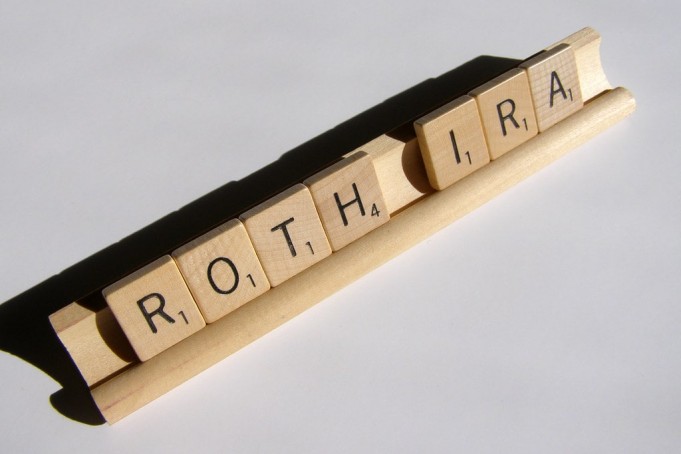Roth IRA Rules
Believe it or not, a Roth IRA is an excellent way to save your money for your retirement years. This saving account allows your investment to grow tax-free. A Roth IRA is similar to a Traditional IRA, however, the only difference between the two is how they’re taxed. Roth IRAs’ contributions are not tax-deductible; but, it allows you tax-free withdrawals of your money upon satisfaction of certain conditions. With traditional IRA deposits, you get a tax deduction on your contribution but you have to pay at the time of withdrawal of your money. Of course, like other tax-advantaged retirement accounts, ROTH IRA has some specific rules which you need to know for 2020:
1. Your Contribution into a Roth IRA
The IRS has created rules regarding how much money you can deposit and what type of money you can deposit. The maximum you can contribute to your Roth IRA account is $6,000 per year. But if you’re 50 or above, you can invest up to $7,000 per year. However, this IRA account is only available to those who have earned income, such as income from wages, commission, salary, freelance, bonus, and other amounts paid to an individual for their service.
2. Spouse Roth IRA Account
You can set up a Roth IRA account for anyone in your family who has earned income. There is an exception of spousal IRA account where you can invest up to $7,000 per year even if your spouse has not gained income. With this exceptional IRA account, you can invest your money for both you and your spouse, as long as you have sufficiently earned money to support both contributions.
3. Getting Phased Out
There are some rules regarding your ability to contribute to a Roth IRA. If you earn income above the income set by the IRS, you won’t be able to contribute to a Roth IRA account. On the other hand, in traditional IRAs, your investment is no longer tax-deductible if your income exceeds a certain level set by the IRS.
4. Withdrawal Rules
Unlike other retirement accounts, a Roth IRA allows you to access your contributions at any time, for any reason, without paying any taxes or penalties as long as you are 59½ or older. Further, for tax-free withdrawals, you should have owned an account for at least five years, which is known as the five-year rule. The withdrawals of your contributions can be subject to taxes and a 10% penalty if you are below the prescribed age and do not meet the requirements of the five-year rule.
5. Your Investment in a Roth IRA Account
Linking a ROTH IRA account with banks or credit unions is one of the biggest mistakes most people make while planning for their retirement. Holding your IRA account with your bank account leads to low-yielding investments like money market accounts, usually paying 1% to 2% per year. With such investments, your IRA account will not grow the way it should.









